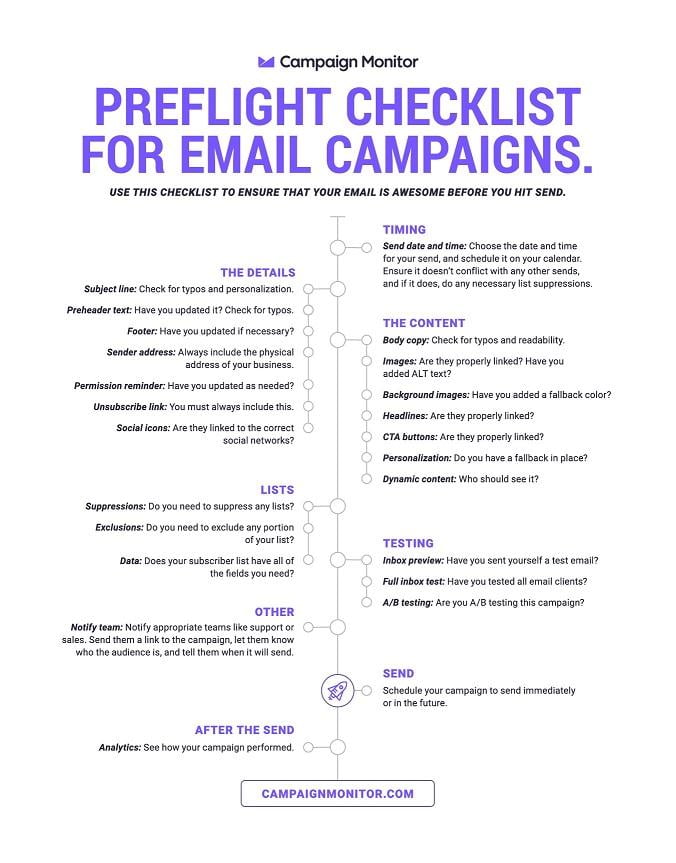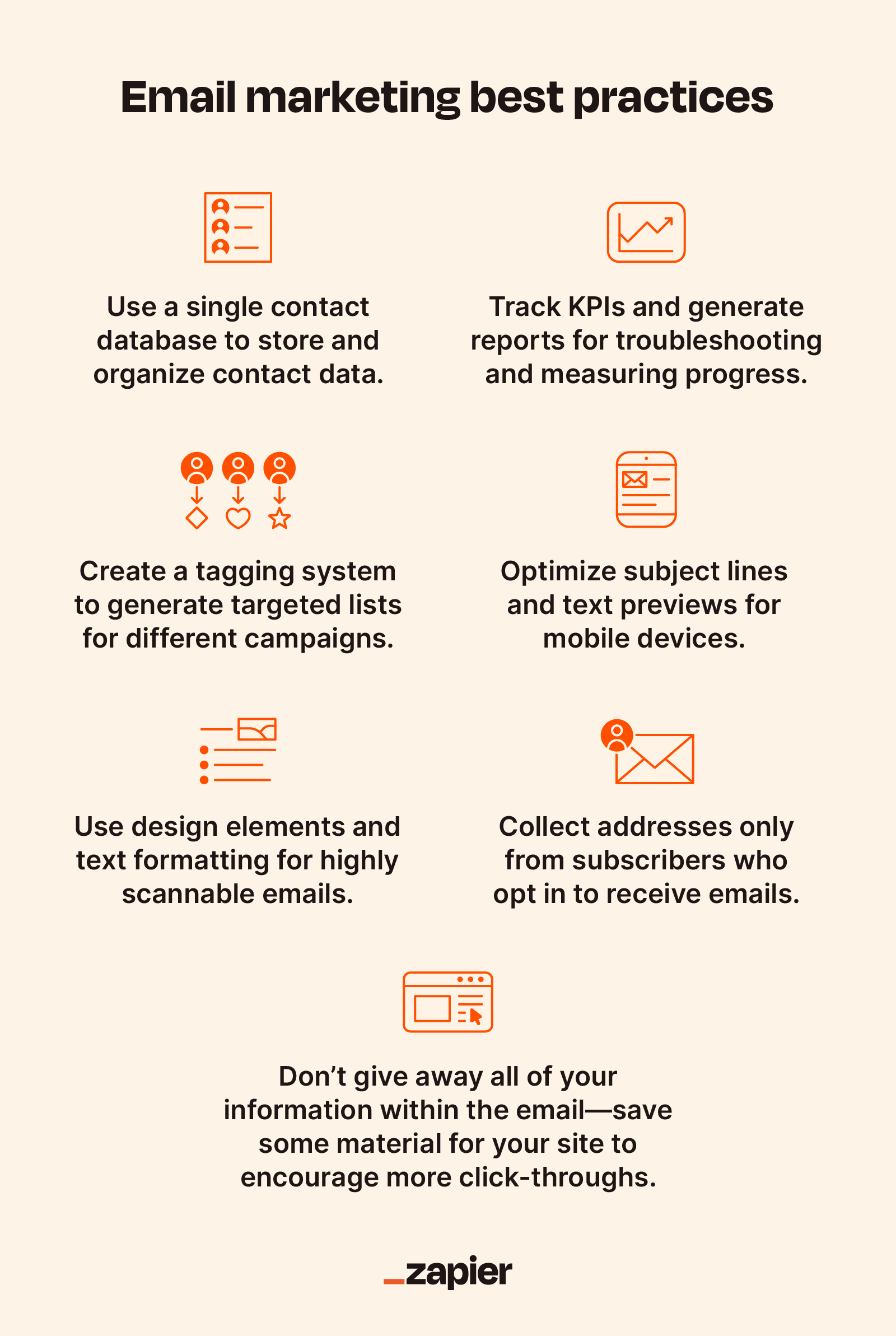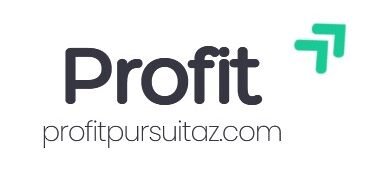Best Practices for Email Marketing Campaigns: Success Tips
Email marketing is a powerful tool for businesses today. It connects brands with their audience directly.
But, how do you make sure your campaigns succeed? By following best practices, of course. Email marketing is more than just sending messages. It’s about building relationships and engaging your audience effectively. The right strategy can boost open rates and improve conversions.
But crafting the perfect email requires thought and attention to detail. From understanding your audience to personalizing content, every step counts. You must focus on creating value for the reader, ensuring your message lands in their inbox and not the spam folder. This involves using clear subject lines, mobile-friendly designs, and relevant content. These practices help in creating trust and fostering loyalty, which are key to successful email marketing campaigns.
Crafting Compelling Subject Lines
Email marketing remains a powerful tool for businesses today. Crafting compelling subject lines can make or break your email campaign. A great subject line grabs attention and encourages opens. It sets the tone for the rest of the email. Let’s explore some best practices for creating effective subject lines.
Importance Of First Impressions
The subject line is the first thing recipients see. It forms their first impression of your email. A strong first impression can increase open rates significantly. You want to capture interest immediately. A dull subject line might lead to your email being ignored or deleted. Make every word count.
Tips For Catchy Phrases
Keep your subject line short and sweet. Aim for six to ten words. Use action verbs to engage your readers. Phrases like “Discover new” or “Explore options” can work well. Ask a question to spark curiosity. “Want to know more?” or “Ready for a surprise?” can entice clicks.
Use personalization to connect with your audience. Include the recipient’s name or location. It makes the email feel special. Avoid all caps and too many exclamation points. These can seem unprofessional or spammy. Test different versions to see what works best.

Credit: www.wordstream.com
Personalizing Your Content
Email marketing thrives on personalization. Tailoring content increases engagement. It makes recipients feel valued. No one likes generic emails. They often end up ignored or deleted. Personalizing your content builds a connection. It enhances the relationship between you and your audience. Personalized emails often lead to higher open rates. They also improve click-through rates. Let’s explore how to personalize effectively.
Segmentation Strategies
Segmentation divides your audience into groups. This helps tailor messages for each group. Age, location, and interests are common criteria. This ensures relevance. Relevant emails capture attention. Create segments based on past behavior. Analyze purchase history for better insights. Sending targeted content boosts engagement. It reduces unsubscribe rates.
Using Customer Data Effectively
Customer data is invaluable. It informs your personalization strategy. Collect data from multiple sources. Surveys and social media are useful. Ensure data accuracy. Incorrect data leads to mistakes. Personalize subject lines using names. Mention recent purchases in your messages. Show customers you know them. Track engagement metrics regularly. Adjust strategies based on feedback. This keeps content fresh and engaging.
Optimizing Email Design
Email design plays a key role in the success of marketing campaigns. A well-designed email captures attention and drives engagement. It’s crucial to focus on how your email looks and feels. This ensures that your message reaches its audience effectively. Optimizing your email design can significantly improve user interaction.
Mobile-friendly Layouts
Most users check emails on mobile devices. This makes mobile-friendly layouts essential. Your email should be easy to read on smaller screens. Use single-column formats for simplicity. Ensure text is large enough to read without zooming. Buttons should be big and easy to click. Test your email on various devices to ensure compatibility. A responsive design adapts to any screen size. This enhances the user experience and engagement rates.
Visual Elements That Engage
Visual elements capture attention quickly. Use images and graphics that relate to your content. They should be clear and relevant. Keep the number of images limited to avoid clutter. High-quality visuals create a professional look. Infographics can present complex information simply. Use colors that align with your brand identity. This helps create a cohesive and attractive design. Balance text and visuals for a pleasing layout.
Timing And Frequency
Choosing the right timing and frequency boosts email marketing success. Send emails when your audience is most active. Balance sending enough emails to stay top-of-mind without overwhelming subscribers.
Timing and frequency are crucial elements in the success of your email marketing campaigns. Send emails at the right time and your audience is more likely to engage. Miss the mark, and your message might be lost in a crowded inbox. Understanding when and how often to send emails can make a significant difference in your campaign’s effectiveness.
Best Times To Send
Choosing the best time to send your emails can boost open rates. Research suggests that Tuesdays and Thursdays around 10 AM are often the most effective. This is when most people have cleared their early morning tasks and are more receptive.
However, your audience might have different habits. Consider testing different days and times to see what works best for you. An A/B test could reveal surprising results, like an uptick in engagement on a Saturday morning.
Think about your target audience’s daily routine. Are they early birds or night owls? Align your email schedule with their lifestyle for better results.
Avoiding Over-saturation
Sending too many emails can annoy your subscribers. They might start ignoring your messages or, worse, unsubscribe. It’s a delicate balance between staying top-of-mind and being intrusive.
Aim for quality over quantity. A well-crafted message once a week could be more effective than a daily blast. Always ask yourself: Is this email genuinely valuable to my audience?
Use segmentation to tailor content and frequency to different audience groups. Some subscribers might appreciate more frequent updates, while others prefer less frequent, but more substantial, content.
Have you ever felt bombarded by emails from a brand you like? Reflect on that experience. It can guide you in finding the right frequency for your audience.
A/b Testing Techniques
A/B testing is a powerful tool for email marketing. It helps improve campaign performance. By testing different elements, you can find what works best. This method allows you to compare two versions of an email. You can then decide which one is more effective. Start with small changes. Measure their impact on your audience.
Elements To Test
Subject lines are crucial. They affect open rates. Try different ones. See which grabs attention. Test email designs. Colors and layouts matter. They influence engagement. Experiment with call-to-action buttons. Placement and wording can change results. Also, test sending times. Different audiences respond at various times.
Analyzing Results
Review your data carefully. Look at open rates. They show how subject lines perform. Check click-through rates. They indicate engagement levels. Analyze conversion rates. They reveal effectiveness of call-to-actions. Use this data to refine future campaigns. Learn from each test. Improve your strategy over time.
Building A Strong Call To Action
Crafting a strong call to action boosts email marketing success. Clear, direct language prompts immediate responses. Highlight benefits and create urgency to entice action.
Building a strong call to action (CTA) is essential for the success of any email marketing campaign. A well-crafted CTA can significantly improve your email’s conversion rate, guiding your subscribers to take the desired action. Whether you’re looking to boost sales, increase sign-ups, or simply drive traffic to your website, the right CTA makes all the difference.
###
Creating Urgency
Adding urgency to your CTAs can prompt your audience to act quickly. Consider using phrases like “limited time offer” or “only a few spots left.” These not only create a sense of scarcity but also encourage immediate action.
I once ran a campaign for a seasonal product, emphasizing “ends tonight” in the CTA. The response was overwhelming, with a significant spike in conversions that day. Think about your own campaigns. Are you leveraging urgency effectively?
###
Clear And Concise Messaging
Your CTA should be clear and to the point. Avoid jargon and keep the language simple. A subscriber should understand what action you want them to take in just a glance.
Use active verbs like “download,” “shop,” or “join.” I found that when I replaced a vague CTA with something specific, like “Get Your Free Guide Now,” engagement improved dramatically. Your audience appreciates clarity. Are your CTAs easy to understand?
Don’t clutter your email with too many CTAs. Focus on one primary action to avoid confusing your readers. If they know exactly what you want them to do, they’re more likely to do it.
Your email marketing success hinges on strong CTAs. Are you ready to refine yours?
Ensuring Deliverability
Email marketing relies on messages reaching inboxes. Deliverability is crucial. It determines if emails reach the audience. Without proper deliverability, efforts go unnoticed. Many factors affect deliverability. Understanding and optimizing them is vital. This section explores best practices for ensuring deliverability.
Avoiding Spam Filters
Spam filters block unwanted emails. To avoid them, use a recognizable sender name. Keep subject lines clear and honest. Avoid using spammy words like “free” or “buy now.” Ensure email content is relevant and valuable. Personalize messages where possible. Include an unsubscribe link. This builds trust with your audience.
Test emails before sending. Use tools to check for spam triggers. Monitor email deliverability rates. Adjust strategies based on performance. Regularly update your tactics. This helps in avoiding spam filters effectively.
Maintaining A Clean List
A clean email list is essential. It ensures better deliverability. Remove inactive subscribers regularly. This improves engagement rates. Use double opt-in for new subscribers. This confirms interest and reduces spam complaints.
Segment your list based on preferences. This targets the right audience with relevant content. Verify email addresses during sign-up. This prevents errors and bounces. Monitor bounce rates closely. Adjust your list accordingly.
Respect subscriber preferences. Send emails at preferred frequencies. This maintains engagement and reduces unsubscribes. A clean list means better deliverability and campaign success.

Credit: www.emailmanager.com
Measuring Campaign Success
Measuring the success of an email marketing campaign is crucial. It helps improve future strategies. With the right metrics, you can gauge performance effectively. This section will guide you through important metrics and data interpretation.
Key Metrics To Track
Tracking key metrics is vital for understanding email campaign success. Start with the open rate. It tells you how many recipients opened your email. A higher open rate indicates engaging subject lines.
Next, focus on the click-through rate (CTR). This metric shows the percentage of recipients clicking on links. A good CTR reflects the effectiveness of your email content and design.
Monitor the conversion rate, too. It measures how many clicked links lead to desired actions. This could be a purchase, signup, or download. It directly relates to your campaign goals.
Don’t forget the bounce rate. It indicates the percentage of emails not delivered. A high bounce rate might mean issues with your email list quality.
Finally, track the unsubscribe rate. It shows the number of recipients opting out. A low rate suggests content relevance and audience satisfaction.
Interpreting Data Insights
Data insights are crucial for refining your email strategies. Analyze patterns in open and click-through rates. Identify what resonates with your audience.
Look for trends in conversion rates. This helps in understanding which offers drive actions. Make necessary adjustments to boost future results.
Examine bounce rates closely. A high rate might need a list cleanup. Ensure your list is up-to-date and relevant.
Consider feedback from unsubscribe reasons. It provides insights into content preferences. Use this to make your emails more engaging.
Regularly review these metrics. It ensures your campaigns stay effective and aligned with your goals.

Credit: zapier.com
Frequently Asked Questions
What Are The Best Practices For Email Marketing?
Use clear subject lines and personalize content. Segment your audience for targeted campaigns. Optimize for mobile devices. Include a strong call-to-action. Test and analyze performance regularly.
What Are The 5 T’s Of Email Marketing?
The 5 T’s of email marketing are Targeting, Timing, Testing, Tracking, and Trust. Target your audience precisely. Send emails at optimal times. Test different elements for effectiveness. Track key metrics to measure success. Build trust with your subscribers through valuable content.
What Is The 80/20 Rule In Email Marketing?
The 80/20 rule in email marketing suggests spending 80% of time on content creation and 20% on promotion. This ensures engaging and valuable emails that attract and retain subscribers, boosting open rates and conversions. Focus on crafting compelling messages that resonate with your audience while strategically promoting your offerings.
What Are The 4 P’s Of Email Marketing?
The 4 P’s of email marketing are Personalization, Permission, Promotions, and Performance. Personalization tailors content to recipients. Permission ensures consent to receive emails. Promotions drive engagement and sales. Performance measures campaign effectiveness through metrics like open rates and conversions.
Conclusion
Email marketing thrives on clear strategy and thoughtful execution. Start with knowing your audience. Craft tailored messages that speak directly to them. Personalization is key. Test different elements to see what works best. Subject lines, content, timing. Every detail counts.
Keep your audience engaged with regular updates. But don’t overwhelm. Balance is essential. Analyze your results. Adjust your tactics based on feedback and data. Stay compliant with regulations. Respect privacy and build trust. Successful campaigns grow relationships and encourage action.
With these practices, your email marketing can achieve great results. Consistency and dedication lead to success.
